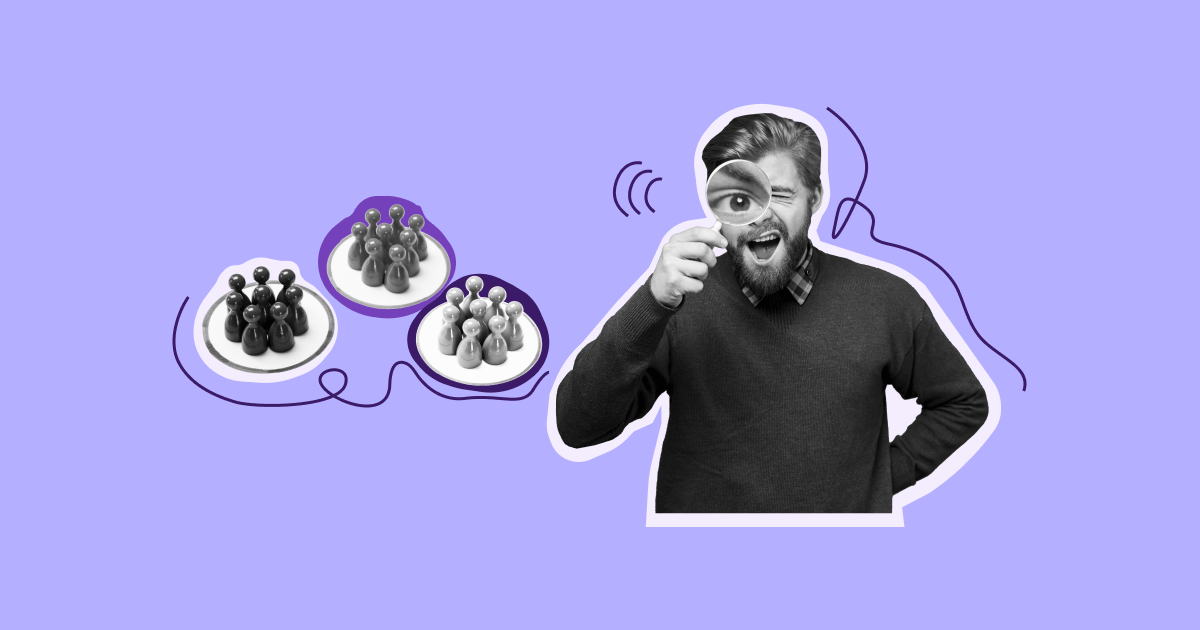How segmentation benefits personalization and key email marketing metrics
Email list segmentation opens the door to data-driven personalization. Personalized content is what brings in benefits like higher open rates, improved click-through rates, higher conversion rates, and better customer retention.
Marketers are so obsessed with personalization that the majority of recent studies are focusing exclusively on it rather than on the role of segmentation.
However, the same studies make it evident that personalization attempted without high-quality insights only disappoints the customers. In fact, according to a 2023 report from Optimizely, 70% of consumers feel frustrated that the promotions they receive are not directly relevant to their personal interests. Another 2023 report, this time from Statista, revealed that in 2022, 62% of the surveyed from various countries claimed that a brand would lose their loyalty if it delivered a non-personalized experience. Remarkably, in 2021, the share stood at 45%.
At the same time, research shows that customers are increasingly willing to share all types of information with brands in exchange for personalized interactions and exclusive incentives.
So, if you are among those 83% of marketers who admit that their current personalization efforts heavily rely on assumptions about customers, there is no better time than now to step up your game with segmentation.
Let’s look closer at what you can do with collected customer data to create genuinely personalized content and improve key email marketing metrics.
Segmentation and open rates
Using segmentation data can boost your email open rates. The key is to make your emails feel more valuable at a glance.
To grab subscribers’ attention and spark curiosity, include triggers into subject lines and snippets. For example, remind them to complete the purchase or mention the products they’ve liked before.
Personalize deals for different groups and address these groups right away. This will help subscribers feel like you are talking to them specifically. Consider taking a step further and including their name.
Segmentation data can help determine when it is best to send emails. Divide your email list based on their location and send your campaigns and communication at the activity peaks for maximum engagement.
These strategies together make it more likely that subscribers will open your emails and see what’s inside.
Segmentation and click-through rates
Email segmentation can improve click-through rates. When recipients feel that the content is relevant and valuable to them, they are more likely to click through and engage further with your email content.
One way to achieve this is through the implementation of dynamic content.
Dynamic content refers to content that changes and adapts based on user interactions, preferences, or other data-driven factors. Common examples are location-specific store sales and events, currency-based discounts, and subscriber-specific recommendations.









































